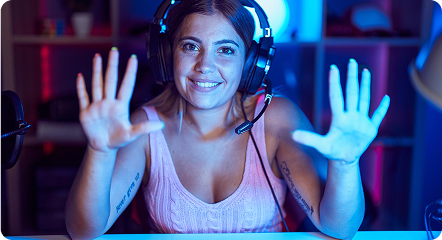
Battery use in everyday scenarios
Testing endurance means looking at a mix of tasks. A phone that lasts ten hours in video playback may
only stretch five under gaming or navigation. Laptops that boast long idle times often dip fast once
Wi-Fi, Teams calls, and a browser with 20 tabs are running. Combining synthetic battery benchmarks with
repeatable real-life routines—like streaming at fixed brightness—provides results that map to genuine
use.
Practical example: video playback test
Device: 13-inch ultraportable laptop
Settings:200 nits brightness, Wi-Fi on, volume at 50%
Result: 11 hours 20 minutes continuous playback, 90 minutes shorter than vendor claim.

